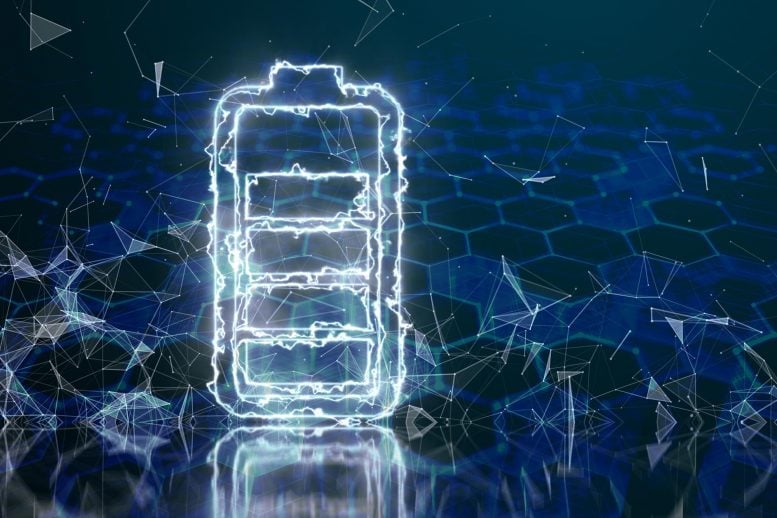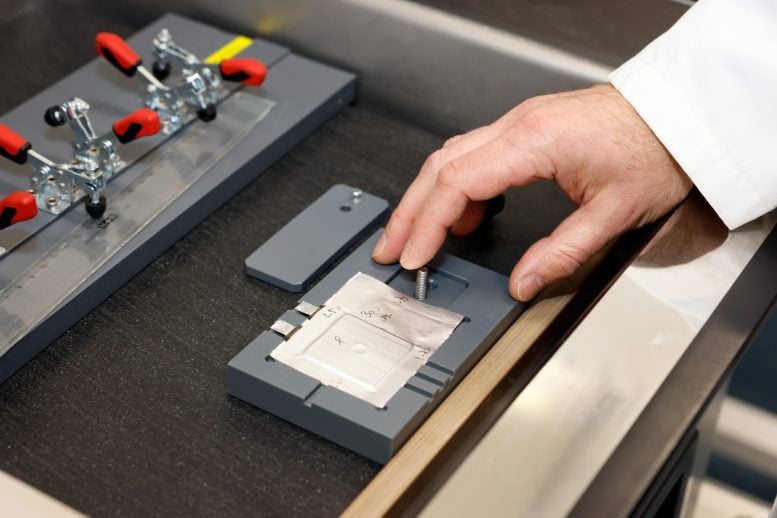
Lithium-ion batteries that can be recharged are essential in the shift to renewable energy, but the oxide electrodes they use can become unstable while charging, shortening their lifespan. By creating disorder in the electrode material on a small scale, scientists have enhanced its stability, resulting in longer lifespan and quicker charging.
What factors determine how long batteries last, and how can we prolong this? An international team led by TU Delft has found that adding disorder to the oxide material in the battery's cathode increases the number of times Li-ion batteries can be charged and discharged. Their findings have been documented in Nature.
Unstable electrode
Rechargeable batteries are crucial for the transition to renewable energy, especially with the increase in available sustainable energy sources. Among different types of rechargeable batteries, lithium-ion ones are widely used and highly potent. Layered oxides are commonly used as electrodes, but their atomic structure becomes unstable during charging, leading to a reduced lifespan for the battery.
Local disorder
To tackle this issue, the ‘Storage of Electrochemical Energy’ group at TU Delft collaborated with international researchers. Qidi Wang, the paper’s primary author, stated: “The neatly ordered layered oxide utilized as cathode material for Li-ion batteries underwent a structural design analysis to introduce chemical short-range disorder using an improved production process. Consequently, it became more stable during battery operation.”

The enhanced structural stability resulted in nearly doubling the battery’s capacity retention after 200 charging and discharging cycles. Credit: Roy Borghouts Fotografie
Extended Lifespan, Quicker Charging
The enhanced structural stability also led to a nearly twofold increase in the battery’s capacity retention after 200 charging and discharging cycles. Furthermore, this chemical short-range disorder enhances the charge transfer within the electrode, resulting in faster charging. The team demonstrated these benefits for established commercial cathodes such as lithium cobalt oxide (LiCoO) and lithium nickel manganese cobalt oxide (NMC811).
Critical materials
These findings could pave the way for a new generation of Li-ion batteries with lower production costs and a reduced CO footprint per unit of energy stored throughout its lifespan. The team plans to investigate whether the same material design principles can be applied to build cathodes from less scarce raw materials. “Both cobalt and nickel are considered critical materials for energy technologies, and reducing their use in batteries would be advantageous,” stated the paper’s senior author, Marnix Wagemaker.
Ref: “Chemical short-range disorder in lithium oxide cathodes” by Qidi Wang, Zhenpeng Yao, Jianlin Wang, Hao Guo, Chao Li, Dong Zhou, Xuedong Bai, Hong Li, Baohua Li, Marnix Wagemaker, and Chenglong Zhao, 8 May 2024, Nature.
DOI: 10.1038/s41586-024-07362-8



